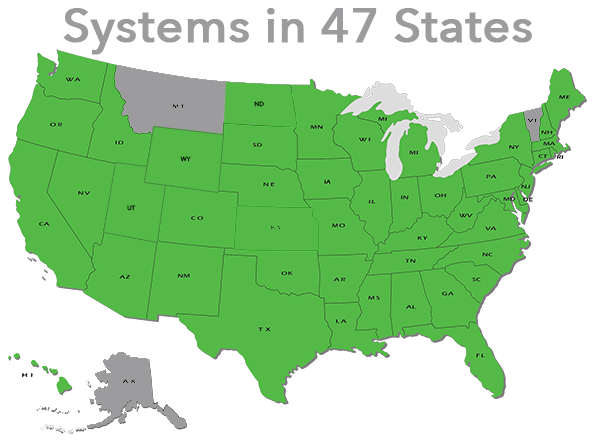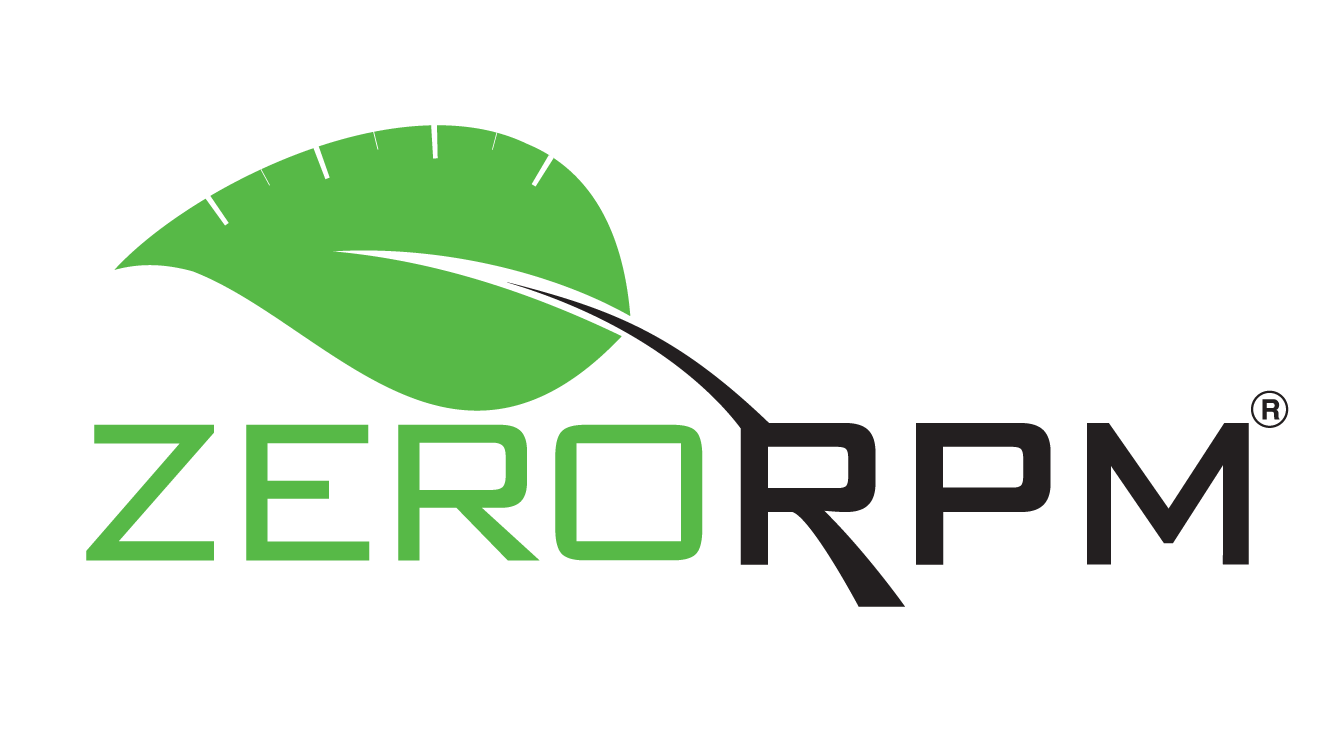#AskEnergySaver: Air Sealing
To help you save money by saving energy, we launched #AskEnergySaver -- an online series that gives you access to some of the Energy Department’s home energy efficiency experts. During 2014, experts from the Department and our National Labs have answered your energy-saving questions and shared their advice on ways to improve your home’s comfort.
Air sealing is a cost-effective way to cut heating and cooling costs and increase comfort by reducing the amount of air that leaks into and out of your home. Effective air sealing techniques such as caulking and weather-stripping offer quick returns on investment and create a healthier indoor environment.
This month we asked you to share your questions about home heating. To answer them we turned to Eric Werling, a program coordinator in our Building Technology Office.
Before we get to the questions, Eric wanted to issue a general warning about air sealing.
If the living space of the home has combustion appliances like a natural gas or propane furnace and/or water heater, precautions need to be taken to ensure that sealing the home does not create an unsafe situation often called “backdrafting.” It is best to seek the advice of a certified home energy professional -- such as a Home Performance with Energy Star contractor -- who can perform a combustion safety test before proceeding with air sealing.
In a single family home with a crawl space where should a resident start air sealing first for best energy saving: the attic or the crawl space? Is a vented attic more beneficial for saving energy than a non-vented attic?
-- Tim Stark via email
Both the floor above the crawlspace and the ceiling between the attic and living space are good candidates for air sealing. In fact, air generally tends to enter the house through leaks in the floor and leave the home through leaks in the ceiling, due to buoyancy effects -- the reason warm air rises. You should consider several factors before choosing which to air seal first, including which leaks are the largest, which are easiest to fix and the quality of the air in the home.
Floors often have penetrations for pipes and wiring that can allow significant leakage. Air entering the home from the crawl space can also bring unwanted smells and contaminants that reduce air quality inside the living space. Ceiling penetrations can also be significant; recessed lighting is a particularly notorious problem. For more information about DIY air sealing, see the EPA guide.
Sealing the entire attic -- a non-vented attic -- requires moving the thermal and pressure boundary of the home from the ceiling to the roof deck. For existing homes, this is a large and challenging retrofit project. The benefit can be significant if there is heating and cooling equipment and ductwork in the attic, but this retrofit is unwarranted otherwise.
I live in a 70 year old house in Jamaica Queens, NY. Using steam heat and a humidifier I can barely get my humidity to 30%, when I've read that it should be between 30-50% in the winter. Do you have any tips for bringing the humidity up?
-- Lhinds_jr via email
During the winter cold air that leaks into your home will generally reduce the humidity level of the home, especially in cold climates. Sealing the home can help mitigate this problem. If your home is already well sealed, the humidifier could be undersized, or the humidifier and/or humidistat may not be working properly.
However, 30 percent is a reasonable humidity level, particularly in the winter. Higher levels of humidity can result in condensation in the walls leading to degradation of the structure over time.
Our home is brick over block with 1" furring strips and the rock lath on the interior. There is no insulation in the walls, and the cavity is too small (about 1-1.25") for "blown in" insulation. Is there any other type of insulation that can be used without tearing down all the plaster?
-- John Fitzpatrick via email
This is a challenging situation. To adequately and correctly insulate the walls from the interior you will need to remove the lath and plaster. See the Building America Measure Guideline: Internal Insulation of Masonry Walls for guidance.
My brother has removed all the plaster & lath on his walls and attic areas and wants to spray foam with a closed cell foam. The building inspector says he has to provide an air gap between the foam and the sheet rock ceiling. From all that I have learned, it is not required to have that gap, it is not needed. Who is right?
-- Bausrin612 via email
If the inspector is a code official for the local building department, the code official has final say on the project. However, many jurisdictions provide mechanisms for working through unique designs and solutions. Your situation may be a case worth exploring alternative compliance approaches. I am not aware of any building science that supports requiring an air-gap between the drywall and the closed-cell spray foam insulation. For more information on applying spray foam to a roof deck visit the Building America Solution Center.
Is it worse to have an badly insulated home or a heating unit that does not recycle the air? which problem should be corrected first to be more energy efficient?
-- S.yearwood00 via email
It is not entirely clear what you mean by “a heating unit that does not recycle the air.”
Generally, residential forced air heating systems simply move air from the living space, through the furnace or boiler, and re-inject the heated air into the living space, without introducing fresh outside air. If you are trying to decide whether to insulate your home first or replace your old inefficient heating equipment, the answer will depend on many factors.
The ideal approach -- commonly called the “whole house approach” -- considers both the envelope of the home and the HVAC equipment to arrive at the most cost-effective energy efficiency improvements. Consider hiring a certified home energy professional, such as a Home Performance with Energy Star contractor, to help you decide what approach works best for your home.
For more ways to save energy at home, check out Energy Saver.
























